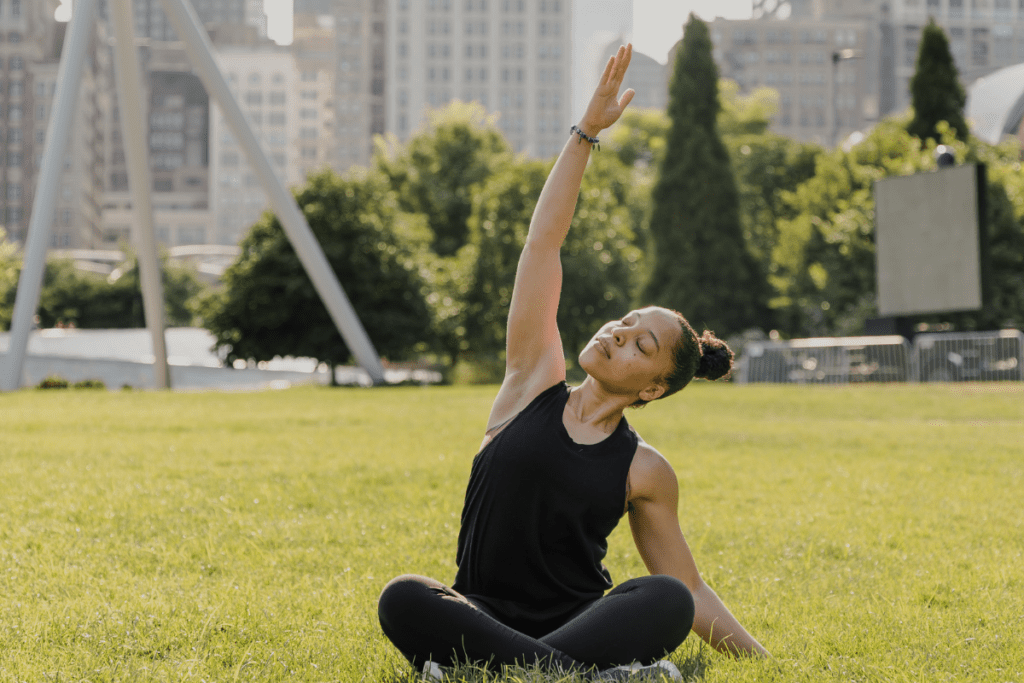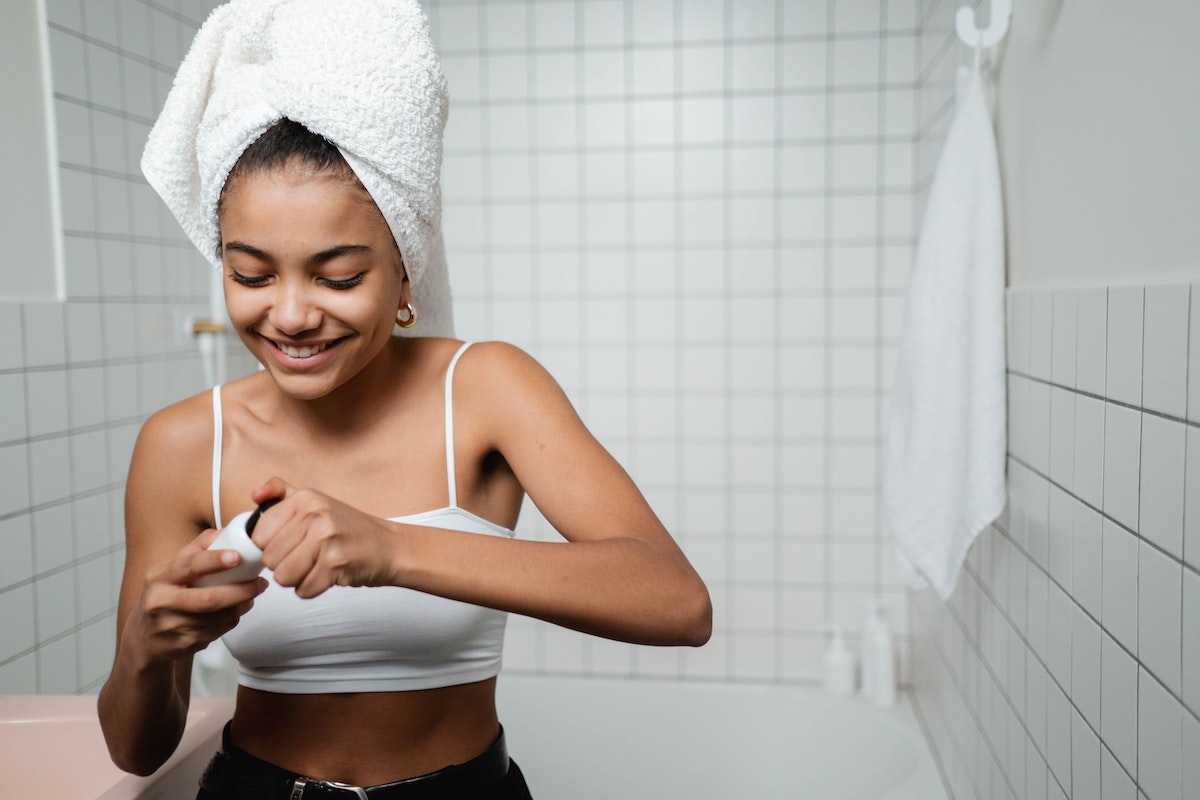The Best Stretches for Back to School
After a year of remote learning, most teachers and students are back to school in person this fall. While everyone had a bit more freedom to move around at home during breaks between lessons, there may not be as much opportunity to do so in the classroom or lecture hall. It may take students and teachers awhile to readjust to the in-person routine, and in order to keep the body loose and limber after hours in a desk, stretching should be added to the lesson plan for all ages.

What are the benefits of stretching after sitting at a desk?
The benefits of stretching for those who sit for extended periods of time include increased blood flow throughout the body, and most importantly, to the brain. Studies have shown that with an uptick of blood flow and oxygen transfer throughout the body comes an increase in cognitive performance and overall mood.
Another benefit of stretching for individuals who sit all day is decreased tension and stress in the body. When our bodies are in the same position for an extended length of time, our muscles and joints become stiff and tense. Stretching also allows our body to switch from a sympathetic nervous system (fight or flight) to parasympathetic (rest and digest). Stretching does this by allowing the body and mind to relax, our heart rate to decrease and built-up tension to release from the body.
With all of these benefits in mind, here are the best stretches for sitting at your desk, so you can improve flexibility, focus, and overall health.
Best stretches after sitting for long periods of time
The main muscle groups affected by long periods of sitting are the hip flexors, lower and upper back, and chest.
Hip flexors
The world’s best stretch – Step into a long runner’s lunge with your left leg in front. Place both hands on the inside of the front foot and keep your back knee off the ground. Rotate your chest towards your front knee, with your left hand coming off the ground and reaching towards the sky. Follow this hand with your eyes to rotate through your spine. This stretch works by mobilizing the ankles, hips, and thoracic spine. Repeat on the other side, then do so again on each side 2 more times. Hold each stretch for 20 seconds, or move in and out of the stretch to add dynamic movement.
Lower back
Lying lumbar rotation – Laying on your left side, have your shoulders stacked and both arms out in front of you like an alligator’s mouth. Keep your left leg straight on the floor and your top right leg at a bend for stabilization. Begin lifting your right arm and rotating your chest to the ceiling as your right hand gets closer to the ground. Follow with your eyes so you feel an upper/mid back stretch. Take slow deep breaths and hold for 20-30 seconds. Repeat on each side 2-3 times.
Chest
Bent arm chest stretch (using a wall) – In a standing position, place your left forearm against an immovable object with you elbow at a 90-degree angle. Turn your shoulder and body away from your left arm to feel a pull in your left pec. Hold for 30 seconds and repeat on each side 2-3 times.
Best stretches while sitting at your desk
Neck stretch
Neck lateral flexion – Bring your right ear towards your right shoulder and place your right hand on the outside of your head. Gently bring your head closer towards your shoulder to feel a slight stretch on the outside of your left neck. To deepen this stretch, sit on your left hand. Hold here for 20 – 30 seconds and repeat 2 times on each side.
Quad stretch
Standing quad stretch – If you’re up for it, stand up out of your desk and bring your right heel to your right glute, hold your ankle with your right hand to help with balance. Keep your chest upright, engage your core and push through your hips to feel a deeper pull in your quad. Hold for 30 seconds and repeat 2 times on each side.
Mid spine and chest
Thoracic extension: While sitting in your desk, bring your hands behind your head and lean your upper body back to open up through your chest and for a mid-back extension. Tilt back to an upright position and repeat several times (each hold should be for one breath to allow for movement).
Low back
Quadratus lumborum (QL): To incorporate a lower back stretch, stand up from your desk and get into a split stance position (right leg in front of the left) and lean your upper body toward the left side, pushing your hips off to the right. Rotate your torso so both hands are rested on the desk. This rotation will help focus on the lower back.
Next time you need a study break, turn it into a stretch break with a few of the best stretches for sitting at a desk. Not only will your muscles and joints thank you, but so will your mind. If you are still feeling tight even after trying the aforementioned stretches, PNF (proprioceptive neuromuscular facilitation) or assisted stretching might be a good solution for you. With the help of tools like stretching straps or another human being (we call them Flexologists at StretchLab), you can sink even deeper into various stretches, which will lead to greater benefits and more effectually undo a lot of the stress caused by sitting all day in the classroom.












